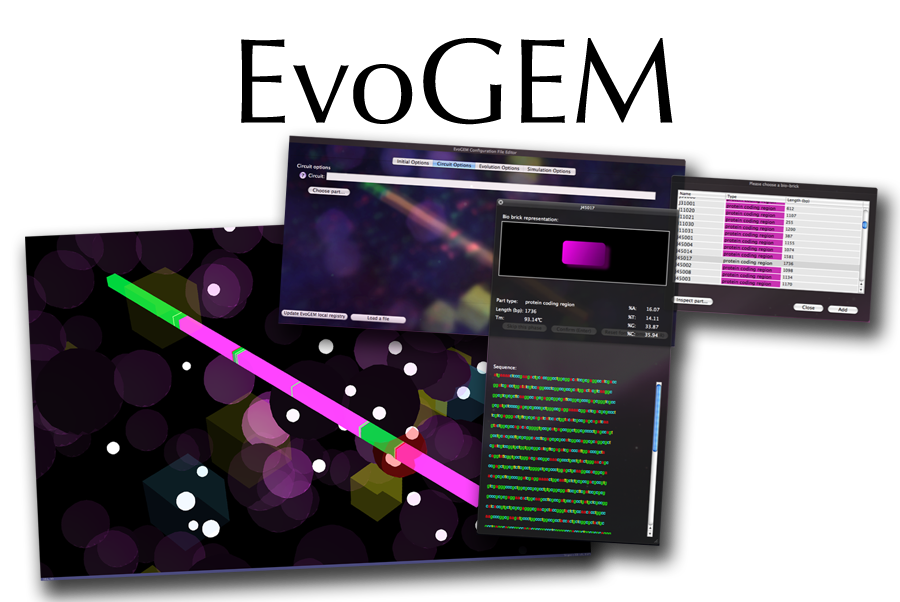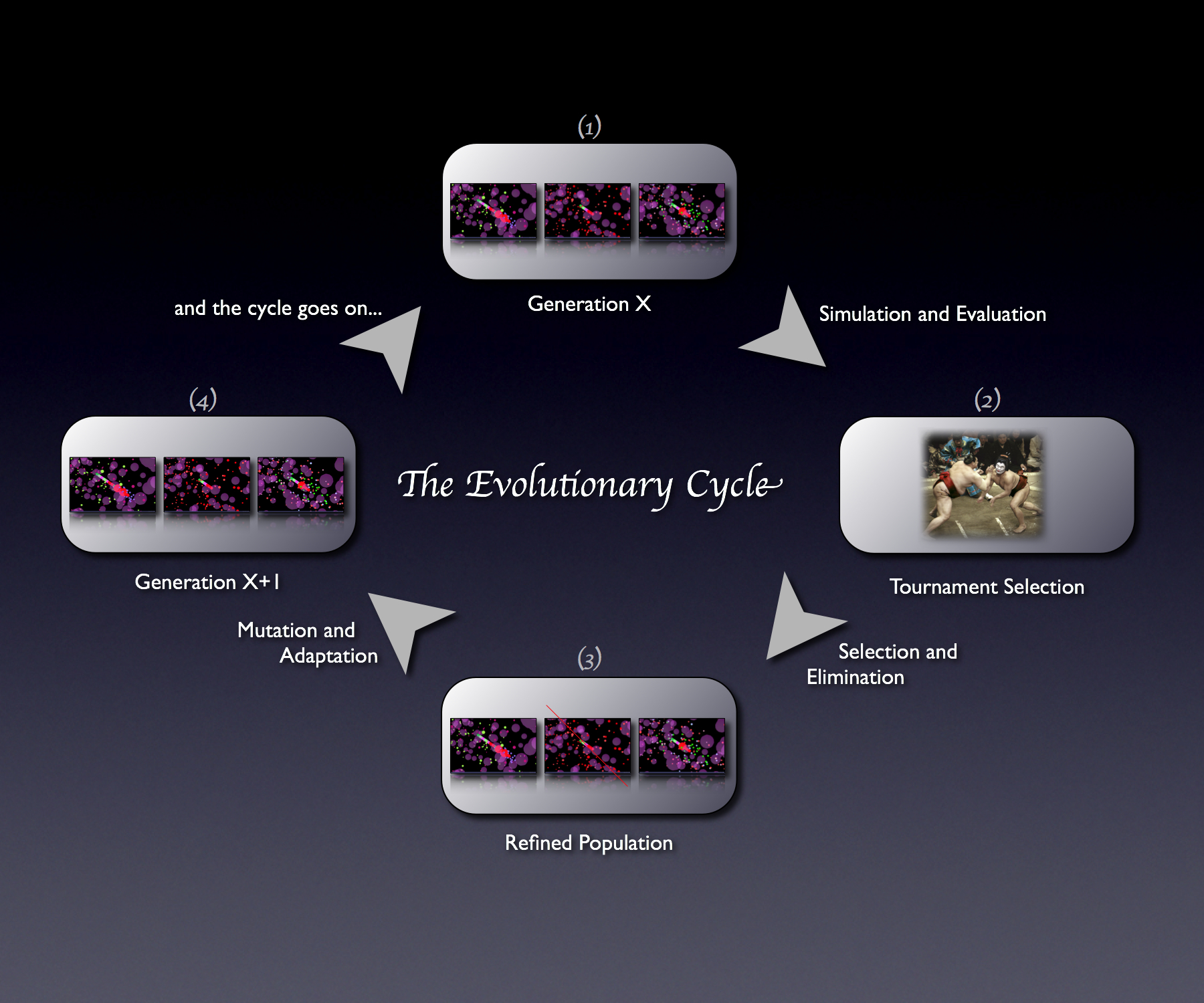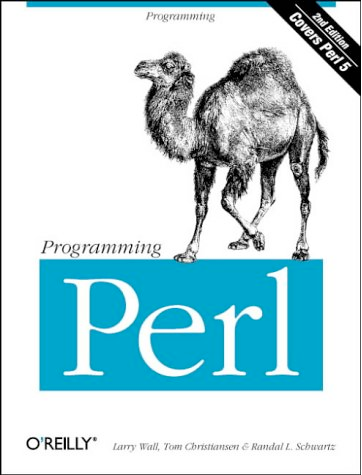Team:Calgary Software/Project
From 2008.igem.org
(→Modeling) |
|||
| Line 89: | Line 89: | ||
[[Image:Evogem_modeling.PNG|thumb|EvoGEM in its initial stages]] | [[Image:Evogem_modeling.PNG|thumb|EvoGEM in its initial stages]] | ||
| - | <div align=justify> Initially, EvoGEM used an RNA polymerase | + | <div align=justify> Initially, EvoGEM used an RNA polymerase object as the single device that functioned as an RNA polymerase, mRNA, and ribosome. It was able to transcribe and translate the DNA BioBricks directly into protein molecules. This had provided the necessary level of functionality earlier, but in order to more correctly simulate the processes in a cell, we needed to implement new mRNA and ribosome classes. In addition, we implemented another object, known as mRBS, to allow for simultaneous transcription and translation. </div> |
<br style="clear:both"/> | <br style="clear:both"/> | ||
Revision as of 03:53, 30 October 2008

|
| Home | The Team | The Project | Notebook |
|---|
| Evolutionary Algorithm | Data Retrieval | Modeling | Graphical User Interface |
|---|
Contents |
Introduction
We created EvoGEM, a software program that uses the registry of genetic parts provided by the iGEM competition. In this design, we used evolutionary and genetic strategies, which are useful modeling methods, especially when coupled with agent-based designs.
Paradigm of Evolution
EvoGEM uses the paradigm of evolution to select efficient designs and produce a product or output that is generated independently by the system. EvoGEM uses the strategies of genetics and evolution to simulate an environment inside of a prokaryotic cell. This entails various events and structures that are present inside the organism, such as:
- RNA polymerase
- messenger RNA
- ribosomes
- transcription and translation.
Goals and Achievements
The last team from University of Calgary presented EvoGEM during the 2007 iGEM Jamboree, where it sparked a lot of interest. This summer, our team has expanded EvoGEM by:
- improving EvoGEM's fitness function.
- introducing more complex pattern recognition.
- testing the system under a much larger search space.
Our goal was to create a system sophisticated enough to rebuild working designs from previous years' teams' projects, as well as intelligent enough to simulate successes and failures of functional and dysfunctional systems, respectively. We achieved our goals by:
- building Perl scripts that support EvoGEM's need for a flat file registry.
- creating a graphical user interface (GUI) to make the software-user interaction easier.
- creating a simulation of the processes in the cell such as transcription and translation.
Essentially, this software will allow users to determine whether a specific circuit is feasible before they experimentally test it. This will reduce financial and time constraints associated with traditional lab work. The user will only need to invest time and money into those circuits that our program selects as functional.
Evolutionary Algorithm
Evolution involves the changes of inherited traits in a population for successive generations. Each generation carries genetic information, expressing certain characteristics. Mutation enables manipulation of these traits as well as genetic recombination. Evolution is a result of heritable traits becoming more prevalent or rare.
Agent-based modeling is a computational method that replicates the behavior and interaction of individual components of a network such that their overall effect on the system can be observed. This involves many different aspects, including:
- game theory
- evolutionary programming
- complex systems
- emergence
Data Retrieval and Storage
- its type.
- its function.
- whether it codes for a protein.
- how well the part works.
If the part coded for a protein, we retrieved its DNA sequence. We, then, found its amino acid sequence (using the BLAST algorithm) from UniProt, which is a large database of proteins. If the protein catalyzed an associated prosthetic or biochemical reaction, we retrieved additional information from ChemSpider - a chemical database - to find the data characterizing any compounds that the particular enzymatic protein catalyzes. Finally, we stored the data in a database during run-time of EvoGEM.
Modeling
Graphical User Interface
How effective would EvoGEM be if its users had to be familiar with programming languages? This is why we need a user-friendly interface, which will make this program easy-to-use, even for those with no programming experience.
The graphical user interface allows the user to enter the name of a target compound by entering one of the following:
- Common name
- InChI
- Amino acid sequence
| Evolutionary Algorithm | Data Retrieval | Modeling | Graphical User Interface |
|---|
| Home | The Team | The Project | Notebook |
|---|
 "
"




